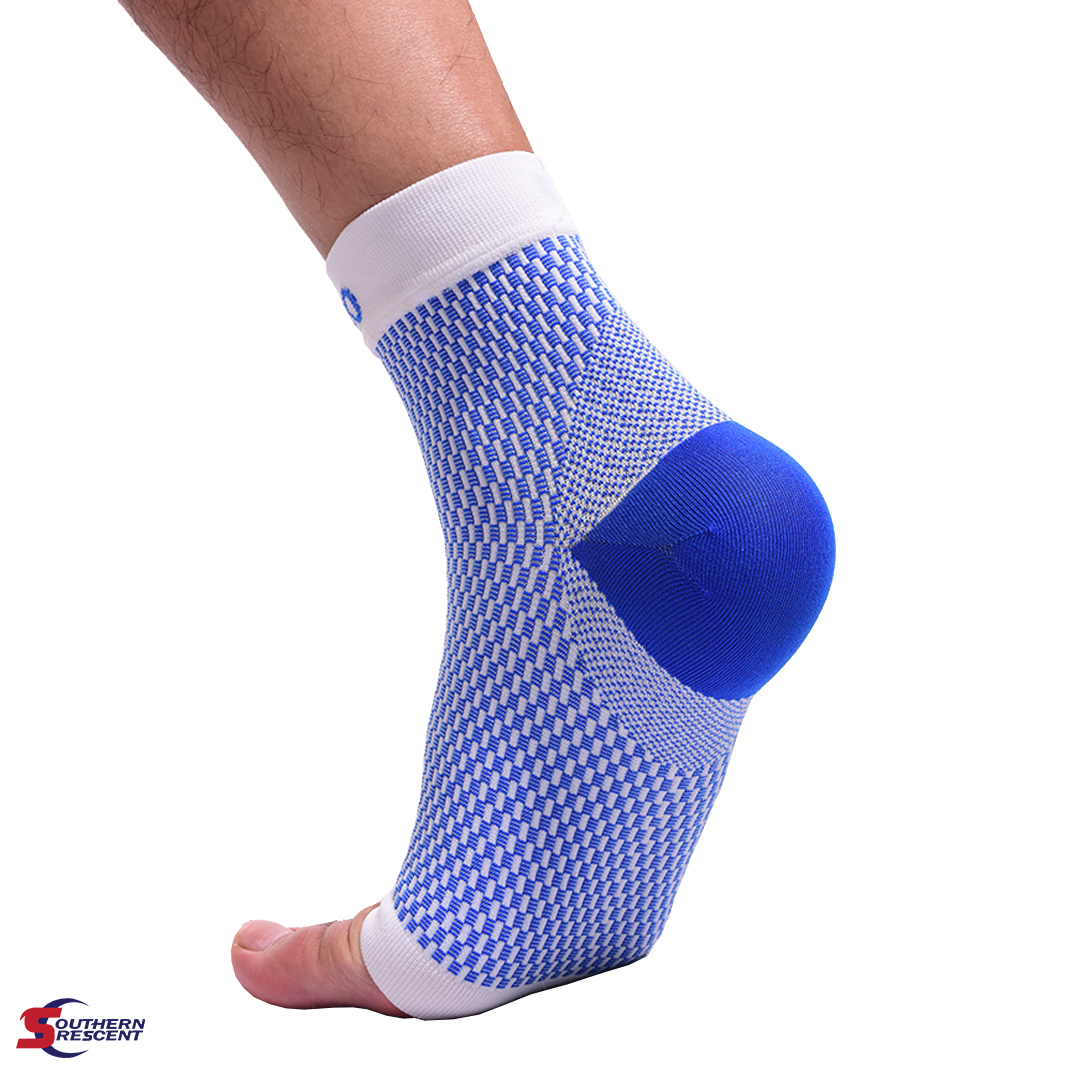5 TREATMENTS FOR PLANTAR FASCIITIS IN MALAYSIA I SOUTHERN CRESCENT
5 TREATMENTS FOR PLANTAR FASCIITIS IN MALAYSIA I SOUTHERN CRESCENT

Your feet carry a heavy burden — your entire body weight! With every step you take, they endure a large amount of force. As you get older or when you get injured, the ligaments and tissues in the foot can change, altering the forces on your feet and causing you pain. If you’re dealing with chronic pain that feels like stabbing in the bottom of your heel or the bottom of your foot, one likely culprit is plantar fasciitis.
Plantar fasciitis is one of the most common causes of heel pain in 40-70 year old people. Approximately 10% of the population is affected by the disorder. Workers with long-standing hours, runners, and obese patients are the high-risk population with higher intensity of pain. The pain is well-defined and occurs during weight-bearing activities or during the first steps after rest.
Here are the top five treatments for plantar fasciitis pain:
1. ICE IT
Since the pain is caused by inflammation of your ligament, ice is a perfect first line of defense to reduce the swelling, and there are a few ways you can use it. To make an ice pack, wrap a towel around a plastic bag filled with crushed ice or around a frozen water bottle. Put it over the bottom of your foot for 15 minutes, three times a day.
Another option is to fill a shallow pan with water and ice and soak your heel in it for 10 to 15 minutes a few times a day. Be sure to keep your toes out of the water. You may use the ice treatment after any strenuous activity or extended periods of standing or sitting. It’s also important to get rest and keep weight off your foot until the inflammation goes down.
2. STRETCH IT
Physical therapy can go a long way in easing your plantar fasciitis pain. Plantar fasciitis stretches help relieve heel pain, improve muscle strength and increase the flexibility in all the muscles, tissues and ligaments in your foot. They can also keep plantar fasciitis pain from returning once you’ve recovered. Perform these stretches two to three times a day to promote healing:
- Calf stretch: Place your hands on a wall and place your left leg behind your right. Then bend your right knee slowly until you feel the stretch in your left calf. Hold it for 10-15 seconds and repeat on the other side.
- Heel raises: Stand at the wall or place your hands on the counter for support. Raise onto your toes, then lower your heels back to the ground slowly. Go up and down until your feet are fatigued. Perform two or three sets.
- Roll therapy: Sit in a chair with your feet on the floor. Loosen the plantar fascia by rolling your foot back and forth over a water bottle. Do this for two to three minutes.
Aside from these stretches, you can also do other exercises that make your lower leg and foot muscles stronger.
3. MEDICATE IT
When your plantar fasciitis pain is at its worst, you can reach for some quick relief in the form of nonsteroidal anti-inflammatory drugs (NSAIDs). Used in moderation, these medications can temporarily reduce the swelling associated with plantar fasciitis and help you get on with your day.
If your pain is severe or doesn’t respond to prescribed NSAIDs, your doctor may advise you to have a cortisone injection. The steroid is injected into the most painful part of your plantar fascia to reduce or eliminate inflammatory pain. This injection may help ease your pain for about a month or even longer than that.
4. COMPRESS IT
While compression socks or sleeves don’t provide the same support to the fascia the way orthotic insoles do while standing or walking, they have the unique ability to provide relief while you’re off your feet. The sock is supporting your foot with light compression through the arch, which can decrease inflammation even when you are not standing.
Compression sleeves like DARCO DCSTM help to maintain a sustained stretch through the plantar fascia, reducing the pain when you get back on your feet. This gives relief from the discomfort associated with plantar fasciitis by promoting circulation, reducing edema and foot fatigue, and relieving morning foot pain. For the best comfort, choose sleeves that are anatomically woven with latex-free fabric.

5. CUT IT (NOT THE FOOT, JUST THE PAIN SIGNALS)
If you have been suffering from severe plantar fasciitis for more than six months and have not responded well to other treatments such as orthotics, physical therapy, or pain medications, radiofrequency ablation might be right for you. This is a minimally invasive procedure that uses heat to destroy the nerve fibers that transmit pain signals to the brain.
Due to the safety profile, proven efficacy and ease of the procedure, radiofrequency nerve ablation has become the treatment of choice for plantar fasciitis compared to surgical intervention. This procedure also does not require general anesthesia during the procedure and you can walk away scar-free. With a short recovery duration, you can return to your daily routine in no time.
Ready to finally get relief for good? Get your FREE CONSULTATION on medical products that are suitable for your condition today. Share this good news with your friends and family as well!
At Southern Crescent, we offer a comprehensive range of orthotic products that will suit your needs.
For any inquiries, email us at info@southerncrescent.com.my or fill out this form.
Alternatively, you can also contact us directly at 019-919 9334



